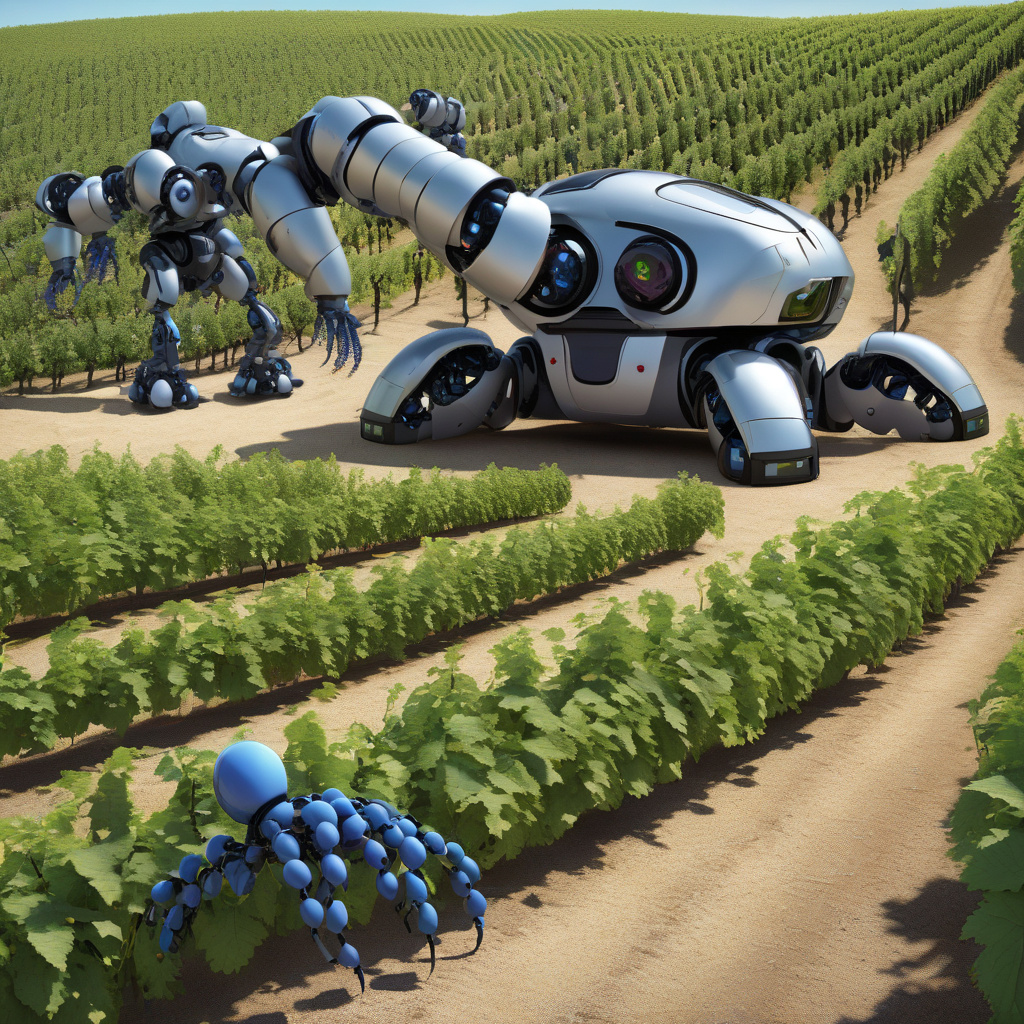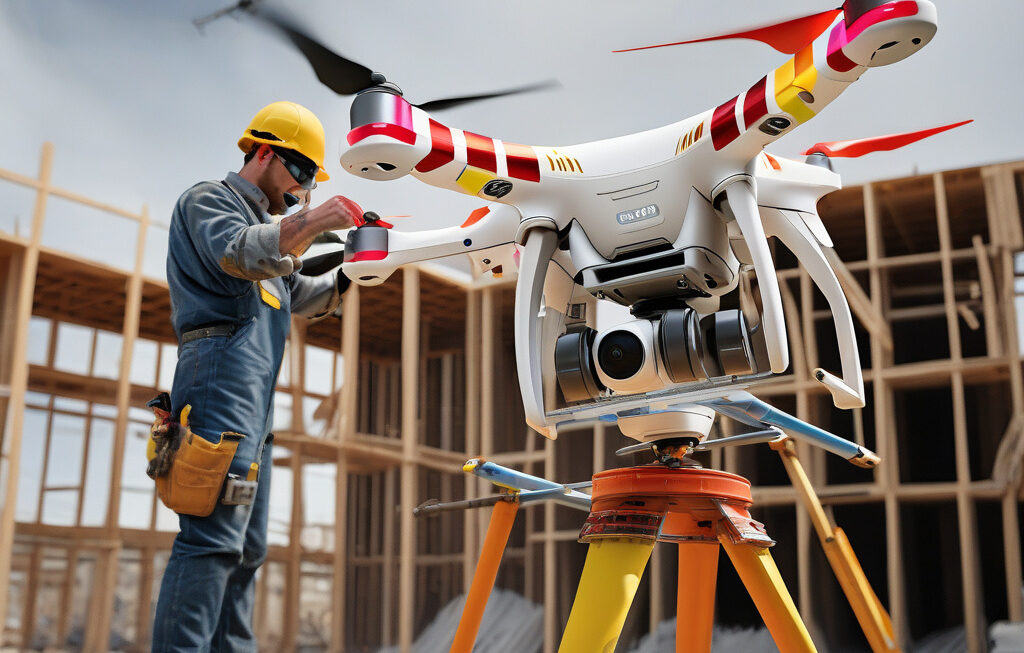Centipede-inspired robots promise cheaper weed control for vineyards, blueberry farms
A giant robotic centipede could soon crawl out of the lab and into vineyards and blueberry farms, revolutionizing weed control in agriculture. Inspired by the efficient movement of centipedes, these robots offer a cost-effective and environmentally friendly alternative to traditional herbicides. With the agricultural industry facing increasing pressure to reduce chemical usage and production costs, these innovative robots could provide a sustainable solution.
The concept of using robots for weed control is not new, but the design inspired by centipedes brings a fresh perspective to the table. Centipedes are known for their agility, speed, and ability to navigate complex terrain with ease. By mimicking these characteristics, the centipede-inspired robots are able to move swiftly between crop rows, identifying and eliminating weeds with precision.
One of the key advantages of these robots is their cost-effectiveness. Traditional weed control methods often involve the extensive use of herbicides, which can be expensive and have negative environmental impacts. In contrast, the centipede-inspired robots operate autonomously, requiring minimal human intervention and reducing the need for chemical inputs. This not only saves farmers money but also helps to protect the soil and surrounding ecosystem.
Moreover, these robots have the potential to significantly increase efficiency in weed control. By continuously patrolling the fields and targeting weeds as soon as they emerge, the robots can prevent weed competition with crops, leading to higher yields. Additionally, their ability to navigate tight spaces and uneven terrain makes them well-suited for use in vineyards and blueberry farms, where manual labor can be challenging and time-consuming.
In terms of sustainability, the centipede-inspired robots offer a greener alternative to traditional weed control methods. By minimizing the use of herbicides, they help to reduce chemical runoff into water sources and soil contamination. This is not only beneficial for the environment but also for consumer health, as residues of herbicides on crops can have potential health risks.
Furthermore, the implementation of these robots could have positive implications for labor in the agricultural sector. With an increasing shortage of farm workers in many regions, autonomous robots could help to fill the gap and alleviate the burden on farmers. By taking on repetitive and physically demanding tasks such as weeding, the robots allow farmers to focus on more strategic aspects of crop management.
While the concept of centipede-inspired robots for weed control is still in the experimental stage, the initial results are promising. Researchers are conducting field tests to fine-tune the robots’ performance and ensure their effectiveness in real-world conditions. If successful, these robots could soon become a common sight in vineyards and blueberry farms, offering a glimpse into the future of sustainable agriculture.
In conclusion, centipede-inspired robots represent a groundbreaking innovation in the field of weed control, offering a cost-effective, efficient, and sustainable solution for farmers. By harnessing the natural abilities of centipedes, these robots have the potential to transform agriculture and promote a healthier environment for future generations.
#centipede, #robots, #weedcontrol, #agriculture, #sustainability











